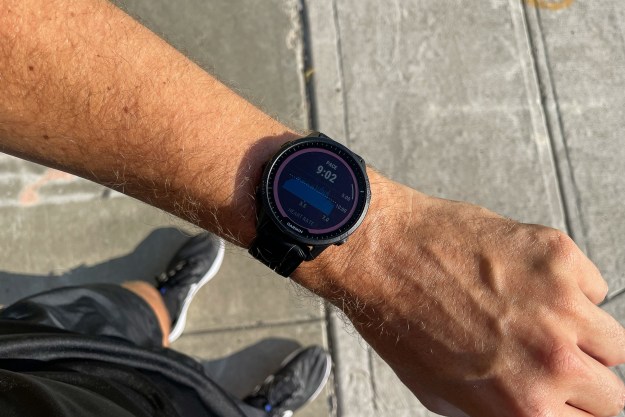What the FDA has specifically given its approval to is HAL (which is also the name of a fictitious A.I. villain from Stanley Kubrick’s 2001: A Space Odyssey). Cyberdyne’s HAL is short for Hybrid Assistive Limb, and refers to a lower-body exoskeleton that can enhance users’ strength and stability. HAL involves sensors that attach to the users’ legs, which detect bioelectric signals sent from the brain to the muscles, triggering the exoskeleton to move.
Cyberdyne calls it “the world’s first robotic medical device.” It has previously been marketed as a medical device in the European Union and Japan, but the FDA’s medical clearance in the United States back up HAL’s therapeutic effects. And now, folks across the nation should be able to put HAL to the test, as Cyberdyne announced Friday that it is working with the Brooks Cybernic Treatment Center of Jacksonville, Florida to make HALs available.
Here at Digital Trends, we’ve previously covered a number of robotic exoskeletons that are designed to help people with lower-limb disabilities to walk again. Unlike many other of these robotic exoskeletons, HAL combines voluntary and autonomous control to aid with the rehabilitation process, with the goal of allowing people to walk without the use of the de3vice. When people use the technology, it is the individual whose nervous system is controlling the exoskeleton, not some independent control. Nonetheless, it is able to take the intention of the users and magnify their strength by a factor of 10 — supporting both its weight and that of the wearer while they move around.
A nonmedical-device version of Cyberdyne’s exoskeleton is also available. In Japan, close to a thousand units have been sold to aid people doing heavy lifting as part of their jobs. And now, here in the states, we may also no longer need to risk our backs every time a buddy asks us to help move their heavy couch!
Updated on March 2: The Cyberdyne’s HAL is now being made available in the U.S.
Editors' Recommendations
- Exoskeletons with autopilot: A peek at the near future of wearable robotics
- Rehab robot exoskeleton helps stroke patients with physical therapy
- Delta Airlines plans to equip employees with these powerful robotic exoskeletons


